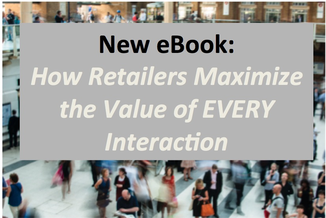The ways in which consumers are acquiring goods and services are ever-expanding. We are in the driver’s seat when it comes to competition among brands, both in price and value. And beyond that, we are more in control of the customer experience than we’ve ever been. How are brands responding to that? I recently had a chat with our CEO Michael Caccavale about direct-to-consumer (D2C) marketing and what it means to marketers.
Gary Satterfield and I go way back. We met while I was working on a marketing research project for Gary twenty years ago at a utility. And he’s since gone on to become an expert in the retail energy space and was kind enough to sit down with me and my team to talk shop. The topic of deregulation, removing restrictions in a particular industry, ran a thread through much of our conversation. This has implications for consumers – and therefore, marketers.

It’s always shocking to find that a major retail brand doesn’t have a mobile app. Meanwhile, it’s equally stunning when a small business has built a killer mobile experience for its customers.
But when you understand the role omnichannel plays for retail and other major industries, the shortcomings of the big-box retailer are much more confounding than the smaller company’s assertiveness in building a better mobile presence.

Coming off of the holiday season, retailers have an opportunity to look back at what worked – and what didn’t – and refine their plans for the new year. And while the holiday retail spike can provide a lot of insight, it’s important to look at the broader view to understand the entire year. Our CEO Michael Caccavale and I took a look at eMarketer’s consumer behavior roundup and discussed some fundamental considerations that marketers simply cannot overlook any time of the year.
Every year, I look forward to the Retail Dive Awards. This year, Corinne Ruff put together some great categories that sparked a lot of water cooler talk among the Pluris team. While all the categories are discussion-worthy (you can see them here), a few really stood out.




